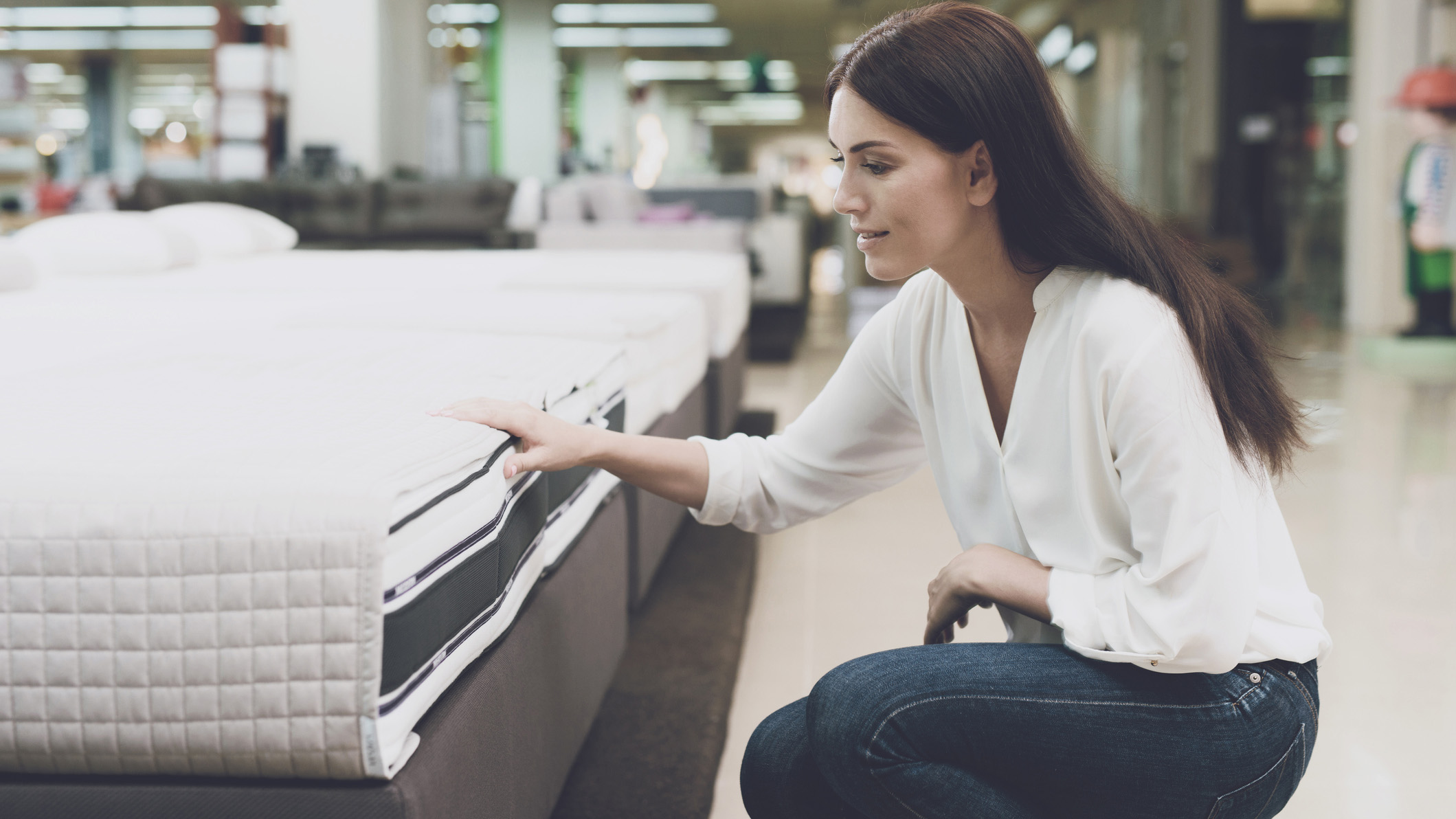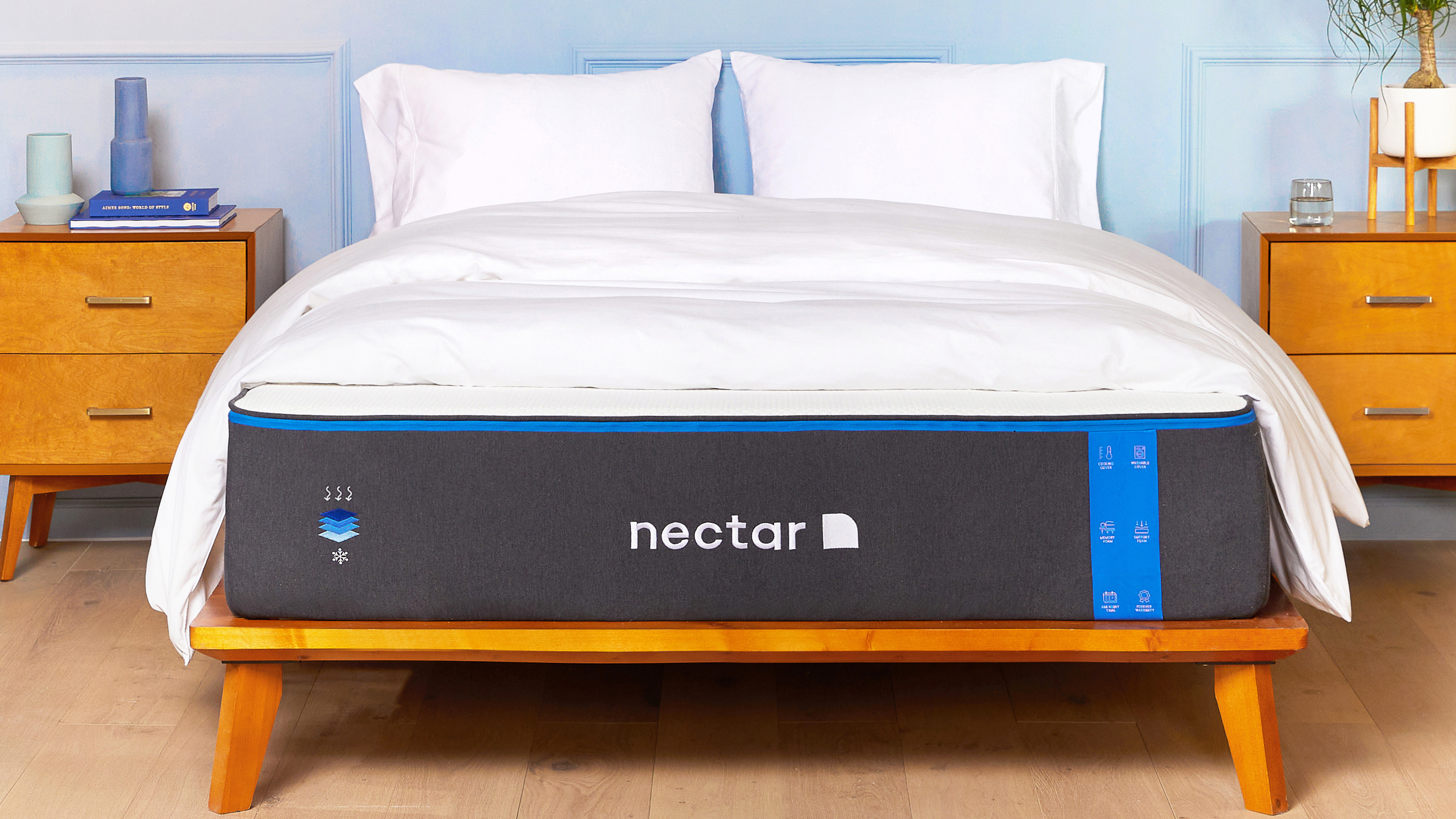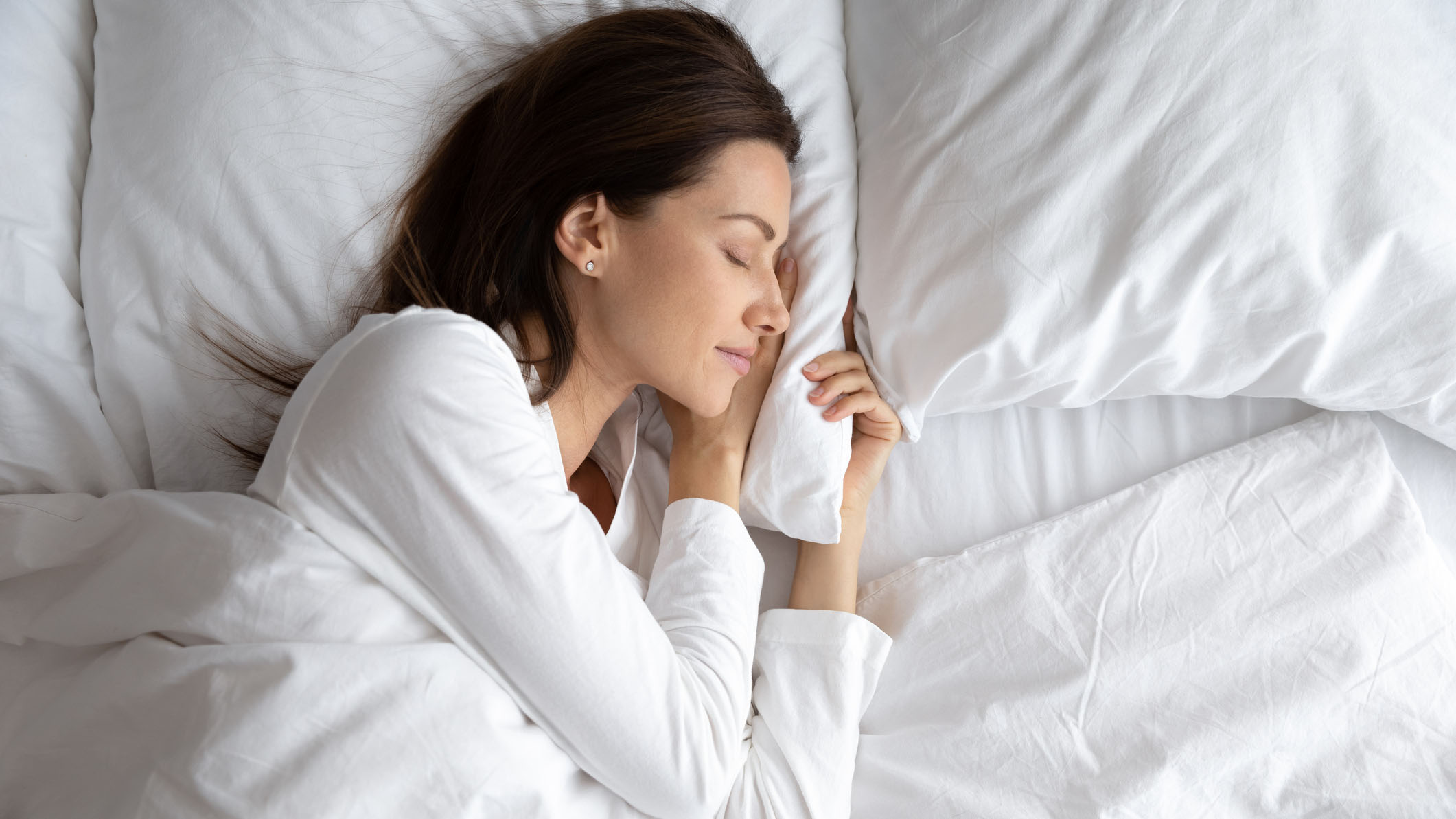How firm should a mattress be? A guide to the different levels and how to pick
There are three main mattress firmness levels and each has a wildly different feel

Mattress firmness refers to the feel of your bed – how soft or hard it feels when you’re lying on it. Choosing the right level of mattress firmness can help you sleep more comfortably, while picking the wrong firmness for your body and sleeping position can lead to pain and discomfort.
We spend hundreds of hours each month testing a wide range of mattresses, so we have a very good understanding of the main mattress firmness levels and how they impact sleep comfort. In this guide, we’ll talk you through the different firmness types and how you can easily narrow down the right bed feel for you.
If you are searching for the best mattress for your body and sleep needs, understanding what firmness or feel you need is a great way to ensure you pick the right bed.
What are the different mattress firmness levels?
Manufacturers rate the firmness of a mattress on a scale of one to ten, where one is marshmallow soft and ten is like sleeping on a plank of wood. Clearly, you can expect a very different sleep experience on these two different firmness levels. Most mattresses these days fall into the medium-firm bracket, which we rate as 6 out of 10 on the firmness scale.
Generally speaking, there are three main mattress firmness levels: soft (also known as plush), medium-firm (sometimes called luxury firm) and firm. For example our number one bed overall, the Saatva Classic (read our Saatva Classic mattress review for full test data) comes in plush soft, luxury firm and firm. Luckily, firmness does not affect price.
This is how we would rate each of the three main mattress firmness levels:
- Soft or plush mattresses – usually a 4 to 5 out of 10 on the firmness scale
- Medium-firm mattresses – usually a 6 out of 10 on the firmness scale
- Firm mattresses – usually an 8 out of 10 or higher on the firmness scale

However all manufacturers have different ‘takes’ on what constitutes soft, medium-firm or firm. For example, the Nectar Memory Foam Mattress (pictured above) is marketed by Nectar Sleep as a medium-firm bed, but during testing we rated it as on the firmer side of medium-firm.
This is why mattress trial periods are so important when learning how to choose a mattress – firmness is highly subjective and can be affected by a number of factors (see below), so getting a mattress on at least a 30-night trial is vital to make sure that the medium-firm bed you have chosen really does feel like a medium-firm to you.
Some boxed bed brands, such as WinkBeds, will offer extra firmness levels in addition to the three main levels. For example, The WinkBed – one of our best hybrid mattresses of the year – comes in four firmness levels: softer, luxury firm, firmer, and plus. The plus level is specifically for heavy people as it delivers a higher level of support, spreading weight more evenly across the bed, plus deeper pressure relief.
What affects mattress firmness?
We’ve now discussed how mattress firmness is subjective, and how what you would class as a softer firmness might feel firmer to the next person. This is because we all have different body shapes, weights and sleep needs (preferences).
Here are other key factors that affect mattress firmness and how we each perceive it:
Body weight
Lighter than average bodies (people who weigh under 150lbs) will find medium-firm and firm beds much harder than people who weigh 150lbs or more. A person who weighs over 250lbs will find a medium-firm mattress much softer than a person of average body weight.

Sleeping position
Some side sleepers struggle with beds that are harder than a medium firm rating. That’s because when you sleep on your side, you introduce a lot of pressure on your shoulders, knees and hips. So softer mattresses with contouring abilities are more comfortable for side sleeping.
Stomach and back sleepers generally need a firmer mattress to help them remain on top of the bed so that their lower back (spine) doesn’t dip during sleep. If it does dip, it will cause pain in the long-term.
Bed-sharing
If there are two of you sleeping on a softer mattress and you are each of an average weight or higher, you may not get the same support as you would when sharing a medium-firm mattress. This also applies to whether you are sharing a bed with a large pet (or multiple pets).
The type of mattress
Soft memory foam mattresses will feel much more marshmallowy than soft hybrids, as the latter contains foam and coils. Latex mattresses offer ample contouring like foam, but they have a bouncier feel.
How firm should a mattress be?
A mattress should be as firm or as soft as you need it to be in order to relieve pressure points, to support your spine in healthy alignment during sleep, and to ensure you are comfortable enough to not wake up during the night. Of course, other things may wake you from sleep (read our feature on how to stay asleep all night if you keep waking up), but your mattress should not be one of them.
We’ve tested countless different beds and, based on our review experience, would suggest the following firmness levels for different types of sleeper:
Side sleepers
Many of our mattress reviewers and members of our wider testing panel are side sleepers, which isn’t surprising given how common this sleeping position is. Based on our collective testing experience, we’d recommend a soft / plush to medium-firm mattress. Remember though, if you weigh heavier than average, choose a medium-firm bed to get ample support.
Back and stomach sleepers
We recommend the best medium-firm mattresses as the go-to option for back and stomach sleepers. That’s because you’ll get a happy balance between pressure relief and comfort, all while keeping your spine in healthy alignment above the mattress. If you weigh more than 250lbs and you sleep on your stomach or back, try a firm mattress feel.

Combi sleepers
Again, we’d recommend medium-firm beds because you need a more general firmness to help you sleep comfortably in whatever position you find yourself in. If you have a lighter body weight and enjoy softer beds though, then definitely try a plush mattress feel as long as you don’t spend most of your night stomach sleeping.
Sleepers with back pain
Decades ago, anyone with back pain was told to rush out and buy the hardest bed they could find. Chiropractors and physical therapists have since revised their advice and now generally recommend medium-firm mattresses for people with back pain.
That isn’t to say firm mattresses are redundant, as they can still be the right choice for some types of lower back pain. But if you are unsure what level you need, start with a medium-firm. We explore this more in our feature on why firm mattresses aren’t always best for back pain.
How to choose the right mattress firmness for you
After reading our advice above, you should already have a good idea of what level of mattress firmness is right for you. Our main tips are to factor in your body weight plus the weight of the person you are sharing a bed with (unless you sleep solo), then your dominant sleeping position (side, back, stomach, combi) and finally any health issues you have (such as back pain).
Medium-firmness is a good middle ground for most people, especially those unsure what bed feel they need. Softer, plusher beds can be more comfortable for lightweight side sleepers, while firmer mattresses are generally more supportive for heavier bodies.
Always buy a mattress that comes on a trial period and unbox it as soon as it arrives to get the most out of your sleep trial to ensure you have chosen the right mattress firmness for you. If you do need to buy a new bed, take a look at our official guide to the best mattresses in a box for all budgets.
Sign up to get the BEST of Tom's Guide direct to your inbox.
Get instant access to breaking news, the hottest reviews, great deals and helpful tips.

Claire is a qualified journalist and Certified Sleep Science Coach with over 16 years’ product review experience, and who is connected to a wealth of globally renowned sleep experts including mattress designers and buyers, neuroscientists, and doctors of sleep medicine. Claire is responsible for all mattress and sleep content published on Tom’s Guide and is our expert on Saatva, DreamCloud, and Nectar mattresses. Claire is also certified to advise people on how to choose a mattress that suits their needs and budget, as well as helping them to create a nighttime routine and bedroom environment that helps them sleep better. As our Senior Sleep and Mattress Editor, Claire oversees our rigorous testing procedures for our mattress reviews, while leading our team of specialist reviewers and writers who report on all the latest sleep products.
